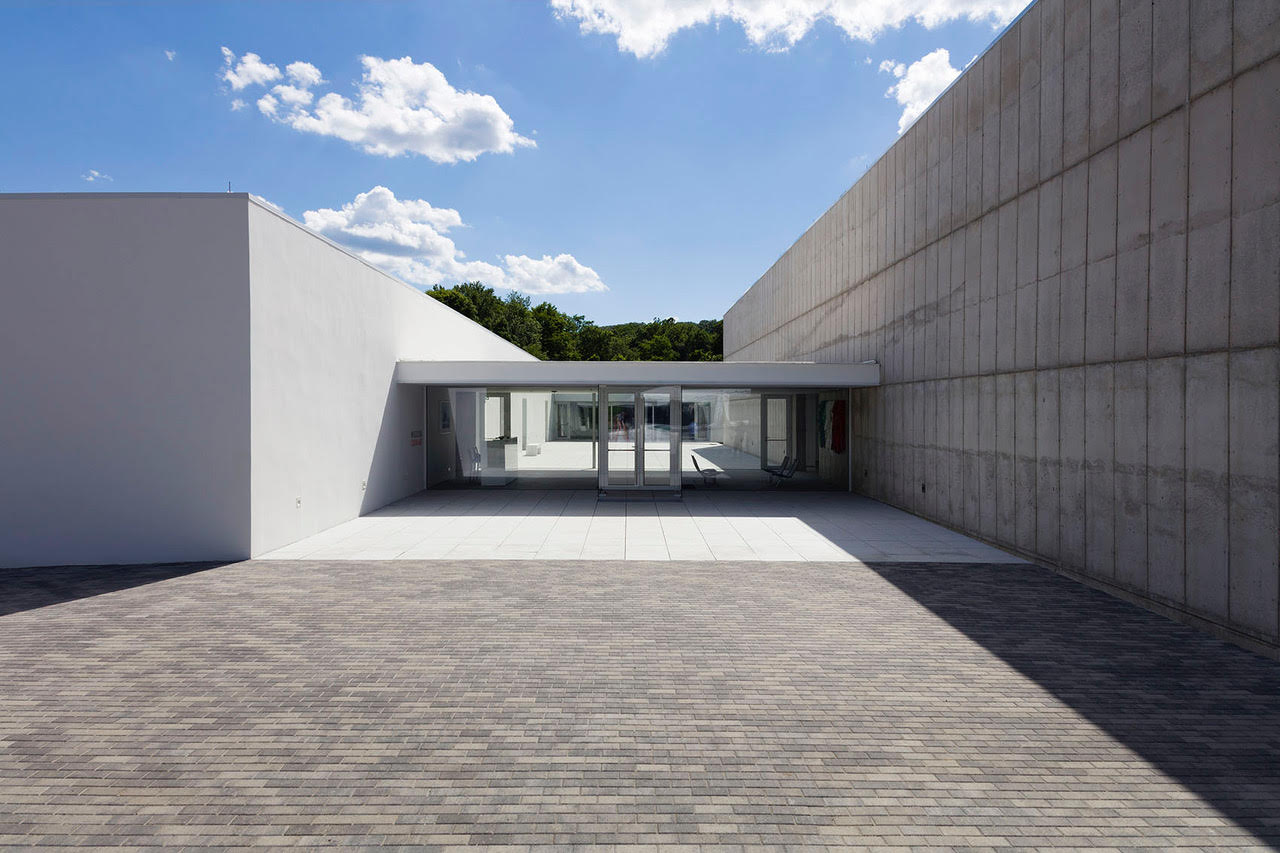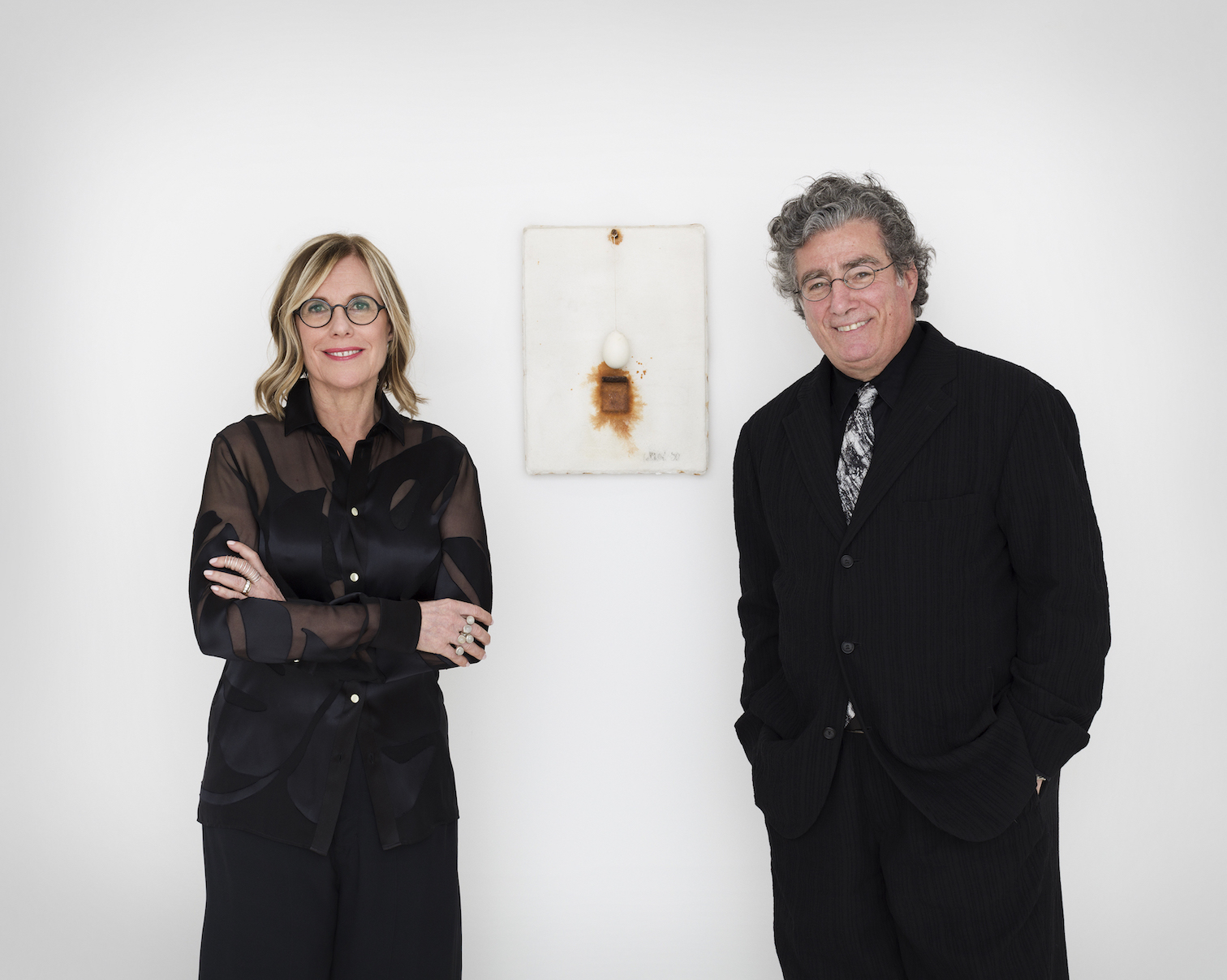By: Amy Fredrickson
Tucked off of Route 9 in Cold Spring, New York, is Magazzino Italian Art, a recently opened contemporary Italian art museum. Founders Nancy Olnick and Giorgio Spanci created this private initiative to spark American appreciation of Postwar and Contemporary Italian art through exhibitions and programming. An additional mission is to inspire students and researchers through their extensive collection of archival materials and books. The library contains more than five-thousand Italian Art publications. Magazzino’s name means “warehouse” in Italian and correlates to the original meaning of the building, which was a Hudson Valley manufacturing warehouse for computers.
Magazzino’s structural design adds to the ambiance of the museum’s display. Miguel Quismodo, a Spanish architect, redesigned the building, using elements of the original structure, yet he repurposed the architecture to take advantage of the building’s original space. Quismodo altered the building’s L-shape, and he turned the structure into a more than 18,000 square foot art space. The newly renovated rectangle now provides a tranquil courtyard and invites natural light to penetrate the gallery rooms, which adds to the exhibition space. Quismodo’s additions create a dialogue between the original part of the building and the new, which complements the artwork with a simple, streamlined structure that does not compete with the gallery display, but ensures that the artwork is the gallery visitors focus.
Magazzino’s first exhibition “Margherita Stein: Rebel With a Cause,” opened on June 28, 2017, and is dedicated to trailblazer Margherita Stein, who was the founder of Galleria Christian Stein, as well as a pioneer in the Arte Povera movement. Stein’s Turin gallery opened in 1966, which she ran out of her apartment. This space worked two-fold because it provided a space for artists to meet, mingle, and discuss art, as well as display their work. Due to gender politics, Margherita Stein used her husband’s name “Christian;” however, she was successful in her own right and Stein became a leading gallery owner. She collected and displayed the works of artists working within the Arte Povera movement, which is considered the final avant-garde artistic movement of the twentieth-century. Artists explored non-traditional art materials, such as rags, wires, soil, and paper. These mediums are the opposite of traditional art materials, such as marble for sculpture, or oil on canvas for painting. Essentially, artists employed materials one might throw away, and this was a way artists challenge the commercialization of the contemporary art gallery; thus, producing work that they felt held a higher meaning. The Arte Povera movement was particularly popular in Turin, Milan, Genoa, and Rome during the 1960s and 1970s.
Magazzino’s choice of display and art objects produces an exhibition that highlights several artists whose careers Stein helped to advance. Since Stein was a gallery owner and collector, she procured artwork, which she felt passionate in displaying. Keeping this in mind, “Margherita Stein: Rebel With a Cause,” holds the personal taste and commitment of Stein as a gallerist and the artists who inspired her interest in Arte Povera. Many of the artworks in the exhibition, Stein previously owned. Admission is free but by appointments only.
Magazzino, 2017



